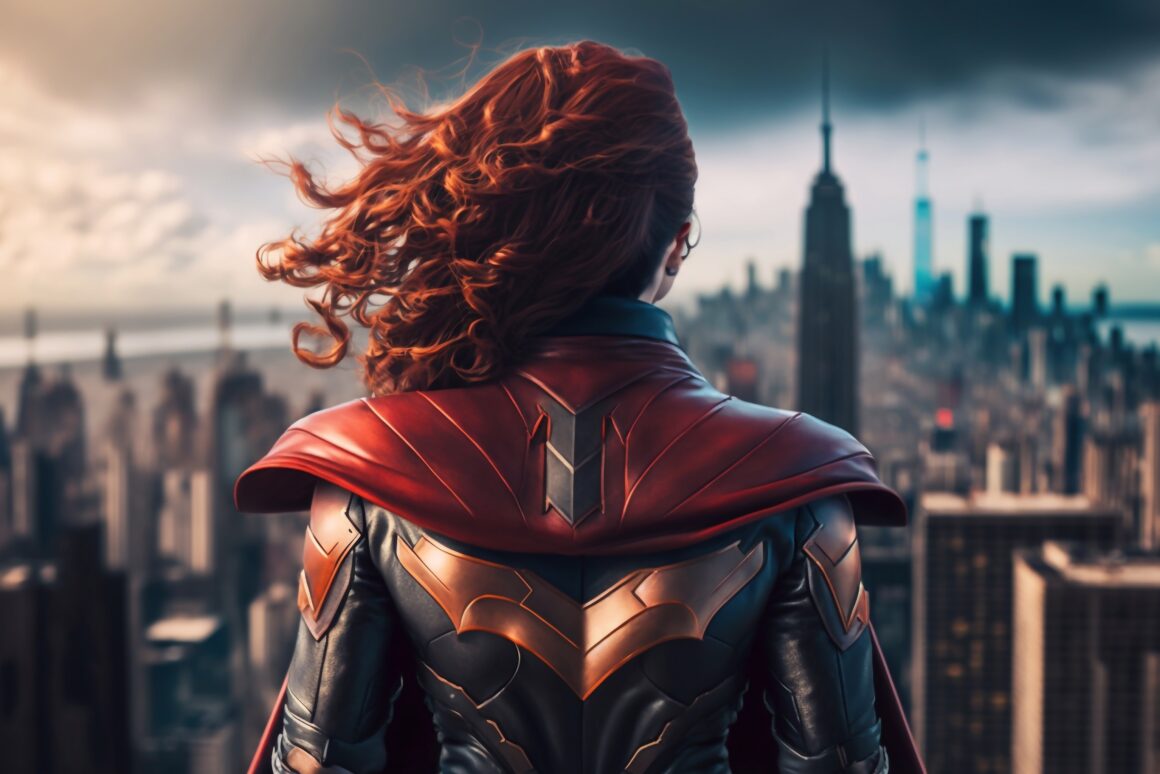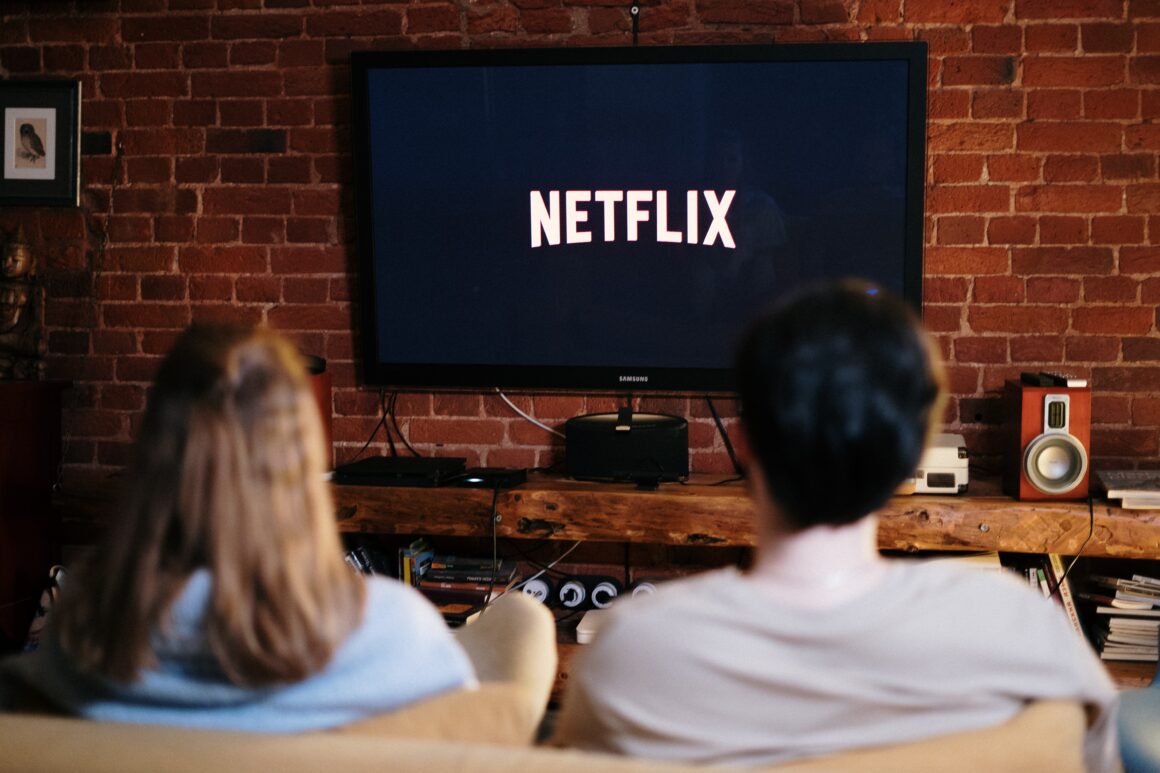This year has been disastrous, not only in terms of US electoral politics but also for 80’s pop stars and their fans. Thousands of people have mourned the 2016 deaths of David Bowie, Prince and, most recently, George Michael.
I recently came across this tweet highlighting the diverse gender expressions of these three men.
Raise a glass to presenting gender and sexuality any damn way you please pic.twitter.com/114xx72j0w
— ann (@anyharder) December 26, 2016
The first column shows three pictures of David Bowie. Bowie is famous for obliterating the boundaries of gender and masculinity. He rocked many personas, each of them wildly theatrical, strange, and androgynous. The Japanese fashion designer Yamamoto enjoyed making Bowie’s clothes because he was “neither man nor woman.” While there is no evidence that Bowie identified as any gender other than male, his gender expression existed far outside the bounds of the masculinities of his time. His most famous onstage persona was that of his alter ego named Ziggy Stardust. Ziggy was a rock star from outer space, described as “positively flashy, probably gay and literally out of this world.”
Over the years, Bowie frequently flip-flopped on what sexual orientation he identified with. In 1972, he said he was gay despite having married his first wife two years earlier. In 1976 he told Playboy that he was bisexual, saying, “I suppose it’s the best thing that ever happened to me.” Later he declared that the “biggest mistake I ever made” was coming out as bisexual, and told Rolling Stone that he had always been “a closet heterosexual.” Despite this, Bowie and his alter ego Ziggy Stardust have long been heralded as LGBT icons for their roles in challenging gendered expectations and expressions.
The second column shows pictures of pop icon Prince. Like Bowie, Prince’s style was outlandish, dramatic, and queer in every sense of the word. However, unlike Bowie, he was a black man, which made his gender expression all the more revolutionary. Other mainstream black musicians of his time were, put plainly, safe. Non-confrontational and non-controversial. Prince proved, for the first time, that black artists can share in both the non-conformity and the success of white pop stars like David Bowie.
Prince’s gender fluidity and ambiguity presented itself in the forms of high heels, heavy makeup, thick chest hair, and well-groomed facial hair. It also came through in his lyrics. His 1984 hit “I Would Die 4 U” includes the lyrics “I’m not a woman. I’m not a man. I’m something that you’ll never understand.” In 1993, he changed his name to an unpronounceable symbol that resembles present-day symbols for transgender and non-binary communities, highlighting his fearless genderfuckery and necessitating the now-infamous term “the artist formerly known as Prince.” He eventually dropped that name and became, once again, known as simply “Prince.”

Prince was always rather ambiguous about his sexual orientation. He addresses this along with his multiracial identity in his song “Controversy,” which asks, “Am I black or white? Am I straight or gay?” When questioned about his sexual orientation, he sometimes told interviewers that he was heterosexual, but often kept them guessing by responding with “Why does it matter?” In “When You Were Mine”, he sings about sleeping with both a man and a woman, further complicating the public’s quest to label his sexuality. However, regardless of how Prince personally identified, and of his unfortunate stance on same-sex marriage, he remains widely regarded as a queer icon in pop music.
George Michael, in the third column of the above image, had a very different image than those of Bowie and Prince. Unlike them, he was unambiguously masculine and, at least toward the end of his life, unambiguously homosexual. Michael never sang about gender or sexuality but nonetheless should be regarded similarly as a prominent LGBT figure in media. Closeted for most of his life, George Michael was outed in a very public and compromising way in 1998 by an undercover police officer who seduced him in a public bathroom. Michael said of the incident,”I was followed into the restroom and this cop — well, I didn’t know he was a cop at the time obviously — started playing this game. I think it’s called ‘I’ll show you mine, you show me yours, and then when you show me yours, I’m gonna [arrest] you!'” The following stint in court and media coverage forced him to come out to the public as gay.
Unlike many people who are understandably distraught after being outed, Michael took the incident in stride. He had come out to his friends and family decades earlier and had considered coming out publicly but was advised to hide his sexuality, primarily from his mother. After coming out, he expressed that being closeted for so long had negatively affected his mental health: “I’d been out to a lot of people since 19. I wish to God it had happened then. I don’t think I would have the same career – my ego might not have been satisfied in some areas – but I think I would have been a happier man.” He even suggested that the 1998 incident was “a subconsciously deliberate act.” Since being outed, Michael has been an outspoken supporter of LGBT rights and fought against the spreading of HIV, to which he lost a long-term partner in 1993.
All three of these men, in their own ways, have used their massive platforms to further LGBT efforts. David Bowie and Prince with their gender-bending stage presences and George Michael with his decidedly masculine aesthetic and activism on behalf of the LGBT and HIV communities. All three queer, all three full, complex human beings, and all three with unique, diverse gender expressions.




